Instead, what I have always loved the most about fairy tales is that there are never really any limits. Absolutely anything could happen in a fairy tale. Beyond the obvious “happily ever after” that most people now think of, there are also so many versions of fairy tales with the “worst ever after” (the little mermaid turning into foam, for example? Or Cinderella making her step family dance barefoot on broken glass?). Dwarves can appear out of nowhere and children can fly; wolves can be good, bad, or in between, and if you’re in the mood for a cannibalistic old woman that lives in a house made out of candy? Sure. Why not?
And because the stories have been told so many times in so many ways, it’s not just that anything can happen, but anything does happen! Dragons and elves, princesses and paupers, a weird short guy that can turn straw into gold (what an odd skill set) and that steals babies? People being kept in towers and humans turning into bears and frogs and wolves and trees. Forests and castles and lakes and villages. And then when you widen your search and explore more than just European fairy tales and start reading ones from Africa and Asia and South America—so many cultures and people have developed so many different stories and folk tales that are engaging, interesting, and sometimes teach the strangest lessons (strange now, but perhaps not when they were written)—and I can’t get enough.
More recently, retellings have become more and more elaborate—Disney movies, for example, not just the cartoon versions but the live action ones. And not just Disney! When I was sick last year, I sat down and had a princess movie marathon and watched probably ten different versions of Cinderella—girls in California that just want to go to prom! Or the one where the high school girl just wants to be a singer, or just wants to be a—fill in the blank with whatever you want. Then there are books like Cinder or Sarah Maass’ Court of Thorns series. And of course you can explore fairy tales in video games like Kingdom Hearts or Cinders or Fairytale Fights. There’s Child Thief by Brom. Anansi Boys by Neil Gaiman. Once Upon A Time. Endless options for reading, watching, listening to, and experiencing the wonderful world of fairy tales.
I think my favorite fairy tale retelling of all time is Ella Enchanted by Gail Carson Levine. Not the movie, the book. I read it every year (sometimes two or three times) from the time it was published (1997) until I was about 25. And I just read it again recently when I purchased Levine’s newest Ella story, Ogre Enchanted (which is also great, by the way). I honestly can’t tell you exactly what it was about the story that captured my imagination as a child, but now, I love the main character’s strength, the simplicity of the writing, the uniqueness (and complexity) of the story, and of course, the nostalgia that comes with picking up the first copy I ever owned and flipping through the pages.
My favorite Disney fairy tale is Tangled.
My favorite Grimm fairy tale is Snow White and Rose Red.
My favorite Arthurian tales is Yvain and the Lady of the Fountain.
I love stories of Anansi and Baba Yaga and Amarok and the tales of the Greek gods. I took an entire class on Viking Romance and another on original African lore. And I learned just this minute about Australian fairy tales, which apparently I will need to read up on.
The possibilities of fairy tales have made it all the way from my childhood into the writing I do now. My mom likes to tell me how insane my imagination is, how she never knows what I’m going to come up with next. But it’s not really insane to me—it’s simply that I believe that anything could possibly happen because fairy tales said so. Why be confined by logic and reason, when there’s an entire universe of ideas just hanging out, waiting to be written down?
So, yes. Fairy tales. Wonderful, insane, captivating, and mind-boggling. Not only do I plan to keep reading them forever, I plan to keep writing them. #neverenough












